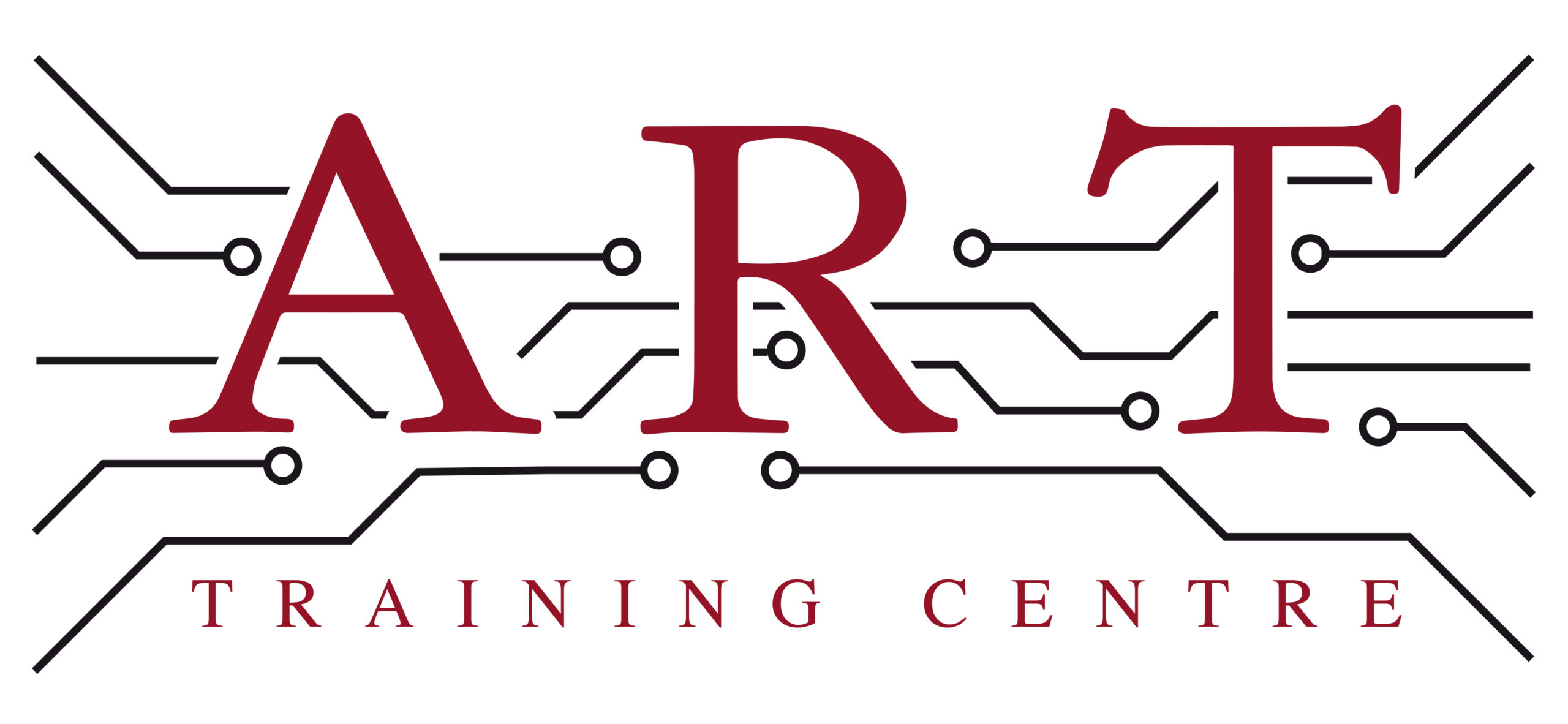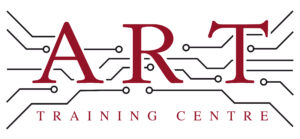Definition
Ionic Contamination is the presence of ionic residues, such as salts and other conductive materials, on the surfaces of electronic components and printed circuit boards (PCBs). These residues can lead to corrosion, short circuits, and failure of electronic devices. Ionic contamination is a critical concern in electronics manufacturing and rework, as it can jeopardise the reliability and performance of the final product.
How It’s Used in the Industry
Ionic contamination is assessed during the electronics assembly process, particularly for printed circuit boards (PCBs) and soldering applications. Technicians often perform ionic cleanliness testing, using methods such as ion chromatography or resistivity testing, to measure the level of ionic residues. This testing is crucial after soldering, as contaminants can affect the quality of solder joints and lead to failures. For both trainees and experienced professionals, understanding ionic contamination is vital for ensuring high reliability in electronic devices and compliance with industry standards, such as IPC-610.
History & Origins
Ionic contamination became a recognised issue in electronics manufacturing in the late 20th century, particularly as devices became smaller and more complex. The development of standards like IPC-610 in the 1990s highlighted the need for cleanliness in electronic assembly. As technology advanced, the sensitivity of components to contaminants increased, leading to more stringent requirements for ionic cleanliness in production processes to ensure device reliability and performance.
Variations
There are various types of ionic contamination, including organic and inorganic residues, which differ in their chemical composition and sources. Organic contamination often comes from flux residues and cleaning agents, while inorganic contamination typically arises from salts or environmental pollutants. Understanding these variations is important, as different contaminants may require specific cleaning methods or testing techniques to ensure effective removal and compliance with cleanliness standards.
Modern Applications
Today, ionic contamination testing is essential in electronics production, particularly in surface mount and through-hole assembly processes. It plays a crucial role in ensuring the quality and reliability of electronic devices. Modern applications include the use of automated cleaning systems and advanced testing equipment to meet IPC standards. By addressing ionic contamination, manufacturers can improve product performance, reduce warranty claims, and enhance customer satisfaction.
Practical Tips & Training
When working with ionic contamination, it is important to use proper cleaning methods and inspection techniques. Employ tools like resistivity testers and ion chromatography to assess cleanliness. Technicians should also be trained in handling materials and components to minimise contamination. Structured training and certification in electronics are essential for understanding the significance of ionic contamination and ensuring high-quality manufacturing practices.


